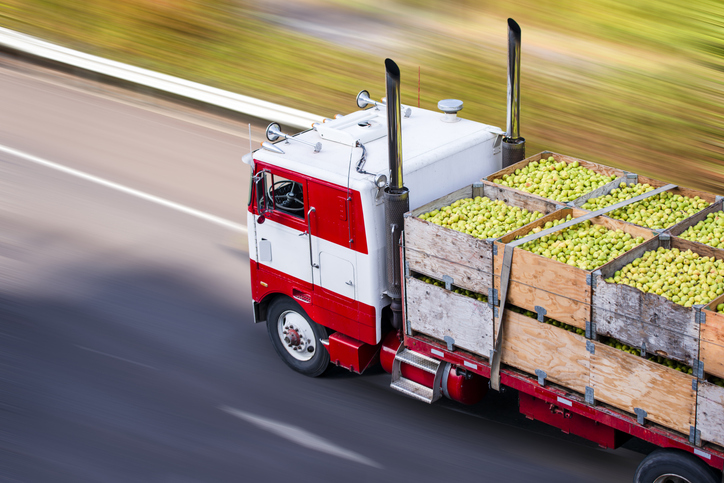3 Things Students at Online Automotive School Should Know About Heavy Duty Vehicles

Certain autos are called “heavy duty” for a reason. These kinds of vehicles, whether they’re trucks, buses, or otherwise, require a strong knowledge of their inner workings for you to be able to work with them. Vehicles that can carry heavy amounts of cargo can be used for many different purposes, and are capable of transporting items and products other vehicles cannot.
While this can sum up to an extent what heavy duty vehicles are able to do, there are many components of how these vehicles function. Therefore, it’s best to read up on some of the most basic facts about them. Here are three things any online automotive school student needs to know about heavy duty vehicles.
How Various Heavy Duty Vehicles are Classified
To be able to best understand heavy duty vehicles, you must first know how to properly classify and categorize them. Not only will you need to know what type of truck you are working on (more on that later), but whether it meets certain criteria. This is often measured through its GVWR (gross vehicle weight rating), which is how trucks are typically labelled by their manufacturers.
The GVWR measures how much a truck weighs, including what it’s capable of carrying when fully loaded. This includes not only its chassis and engine, but also any passengers and cargo. There are eight different weight classes for heavy duty vehicles. In Canada, the heaviest weight class is a Class 8 vehicle, accounting for a weight greater than 33,000 lbs.

Know How These Vehicles Are Used After Online Automotive School
Those pursuing their auto careers online who want to work with these types of vehicles must know what purposes they’re most commonly used for. For example, some trucks are designed to help people move house, and are built to carry items such as furniture and appliances.
Certain vehicles will also deliver various types of goods, such as food, beer and soft drinks, across considerable distances. Heavy duty vehicles can also tow cars, as well as hauling massive objects by a hook and chain. Because of the nature of the work they’re able to do and items they’re able to transport, these trucks are equipped with robust transmissions and engines.

Understanding Different Types of Heavy Duty Vehicles
Online automotive school students must also be familiar with the different types of vehicles that can be considered to be heavy duty. Class 1 accounts for vehicles which are 6,000 lbs in weight or less, and typically includes pickup trucks, minivans, and utility vans.
Meanwhile, classes 3 through to 6 range from 10,000 to 26,000 lbs in GVWR, and include delivery trucks, mini buses, landscape utility trucks, and beverage trucks. Meanwhile, the heaviest are Class 7 and 8. Vehicles in these categories include cement trucks, dump trucks, city buses, truck tractors, fire trucks, furniture sleeper cabs, and refuse trucks.
Want to do your automotive training online?
Contact Automotive Training Centres for more information!

